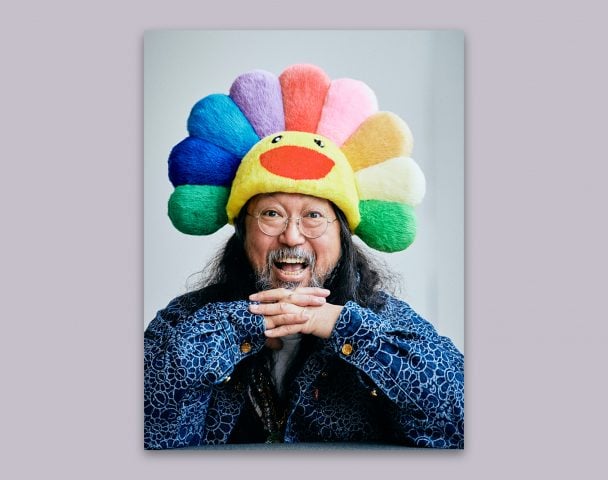Museums & Institutions
Clark Art Institute Receives a Gift so Monumental It Requires a New Wing
The wide-ranging donation comes from a former board member, the late Aso O. Tavitian.
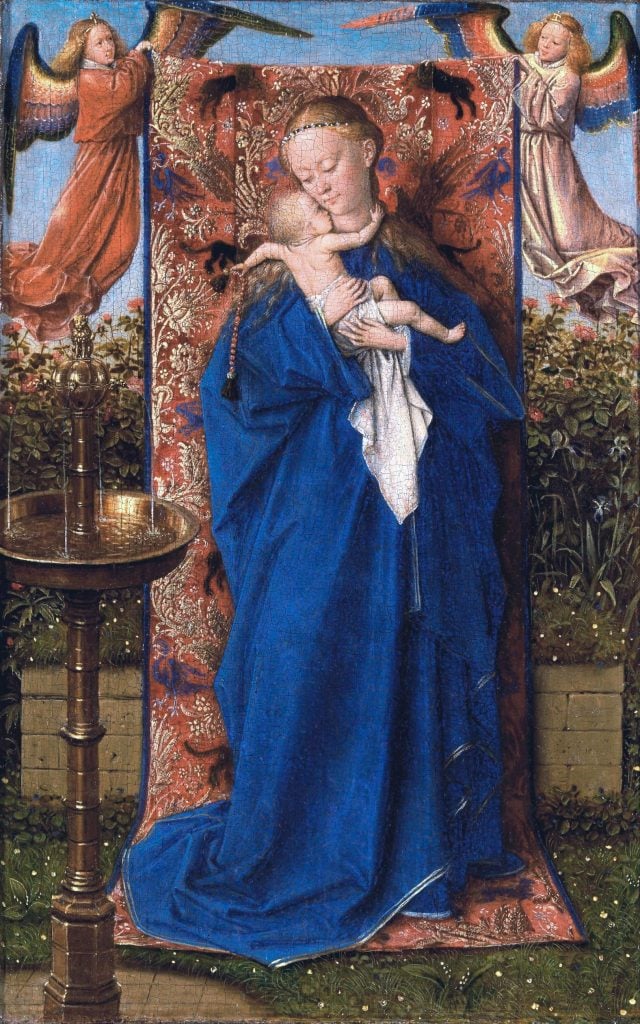
The Clark Art Institute, in Williamstown, Massachusetts, has received a gift of some 331 artworks by masters such as Gian Lorenzo Bernini, Jacques Louis David, Jan van Eyck, Jacopo da Pontormo, Peter Paul Rubens, and Elizabeth Louise Vigée-LeBrun. The gift comes from a former board member, the late Aso O. Tavitian.
Museums tend to throw around words like “transformative” in press materials promoting major donations, but the adjective would seem highly fitting here, as the donation also includes $45 million to endow a curatorial position to oversee the collection and to fund a wing named for the donor, to be designed by Annabelle Selldorf, the go-to architect for museums. It is expected to be completed by 2028.
Selldorf has worked with the museum twice already, on a 2014 renovation of the museum galleries and a 2016 renovation of the public spaces in a study center there. (The gift also represents about a 3.3 percent increase in the size of the museum’s holdings, which currently number in the region of 10,000 objects, according to a press representative.)

Elizabeth Louise Vigée LeBrun, Self Portrait in Studio Costume (1800). Courtesy Clark Art Institute.
The works in the gift, which focuses on masters of Western art and to some degree on portraiture, span the Renaissance to the 19th century. They range from a Van Eyck Madonna, to a Jean-Honoré Fragonard painting of a subject with a love letter, to an elaborately decorated harp by an unknown maker. There are portraits by David and Rubens, and a Vigée Le Brun self-portrait. There are bronze sculptures of rearing horses by Fernandino Tacca and landscapes by Jan Brueghel the Elder and Meindert Hobbema. There’s a wax relief sculpture showing a game of leapfrog by Antoine François Gerard, and there’s much more.
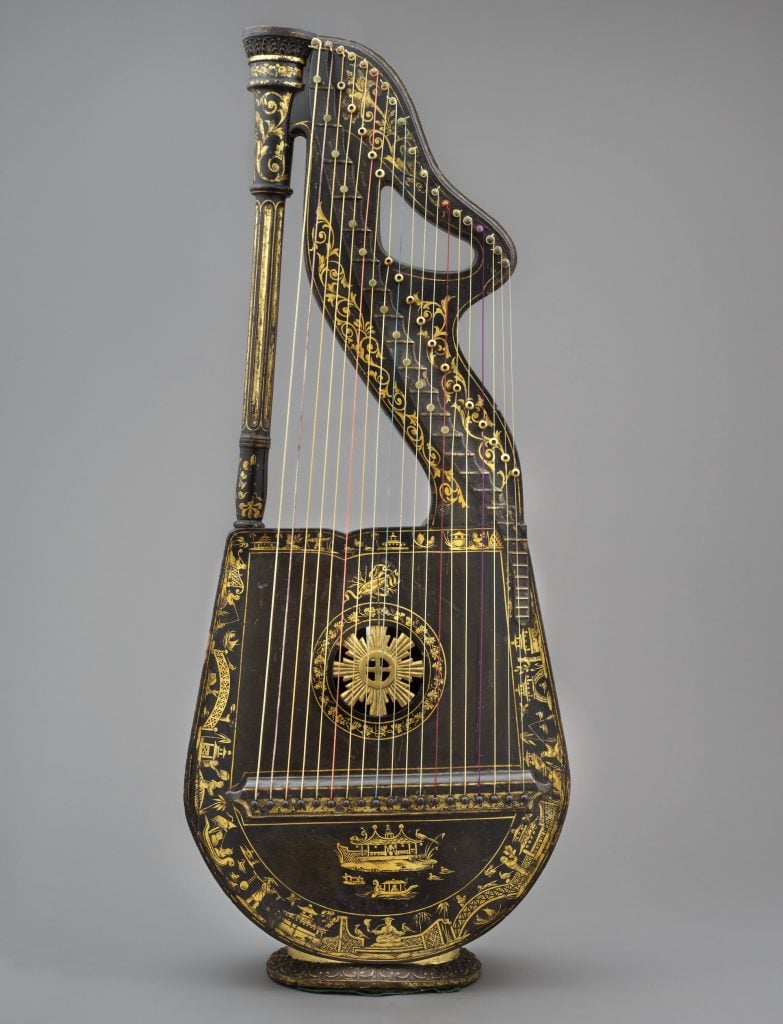
British, 19th century, Dital Harp (Harp Lute), ca. 1815. © Bruce M. White. Courtesy Clark Art Institute.
The gift harmonizes with the institution’s existing collection, which spans a similar time period, but will strengthen its holdings in the earlier part of that range and is more focused on sculpture.
“It is an incredible honor to receive this transformational gift,” said museum director Olivier Meslay in press materials. “During his lifetime, Aso Tavitian was a wonderful friend to the Clark and a generous supporter who provided us with exceptional leadership and dedication.”
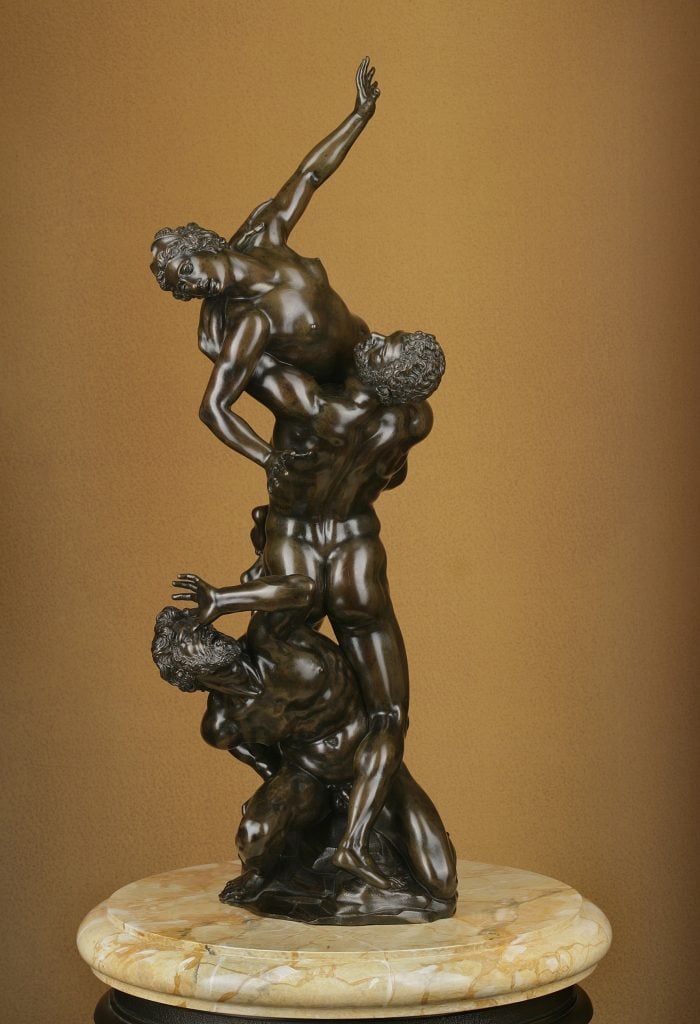
Giovanni Francesco Susini, The Abduction of a Sabine Woman (1590-1600). Courtesy Clark Art Institute.
The entirety of the gift will go on display in the new wing when it opens, and the majority of the paintings, sculpture, and decorative arts will remain on view continuously in the new and the existing galleries. The more fragile works on paper will be presented periodically and made available for study purposes.
Tavitian’s biography reads like a truly American tale of the potential for immigrants to contribute to their adopted homes. A Cold War refugee, Tavitian was born in Bulgaria of Armenian descent and earned a master’s degree in nuclear engineering and at PhD in nuclear physics as a scholarship student at New York’s Columbia University.
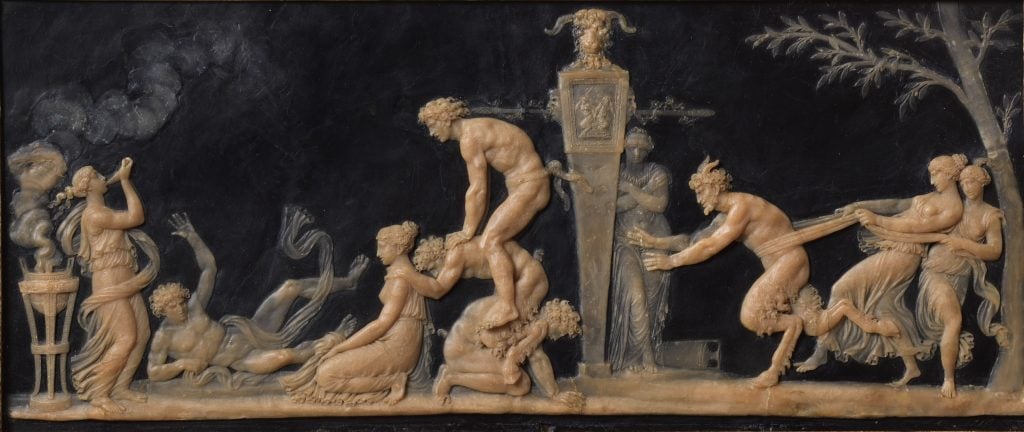
Antoine-François Gerard, Game of Leap Frog (ca. 1780-89). © Bruce M. White. Courtesy Clark Art Institute.
He went on to serve as CEO of software development company Syncsort (now doing business as Precisely) from 1975 to 2008 after being one of its first employees. (Its original product, also called Syncsort, was the dominant sort program for IBM mainframe computers throughout much of the 1970s and ‘80s.)

Peter Paul Rubens, Portrait of a Young Man (ca. 1613-15). Courtesy Clark Art Institute.
Tavitian served on the museum’s board from 2006 to 2012 and had previously lent to exhibitions there. He also funded scholarship programs for students of Armenian and Bulgarian origin, and served on the boards of institutions including New York’s Frick Collection and a committee at New York’s Metropolitan Museum of Art.
“Aso Tavitian’s collection of Early Modern paintings, sculpture, decorative arts, and drawings is truly one of the finest in the world,” said Esther Bell, deputy director and chief curator. “In making this tremendous gift to the Clark, Aso ensured that the public will have access to these beautiful objects for future generations. We are eagerly anticipating the opportunity to share these works with our visitors.”


